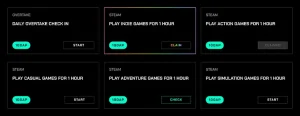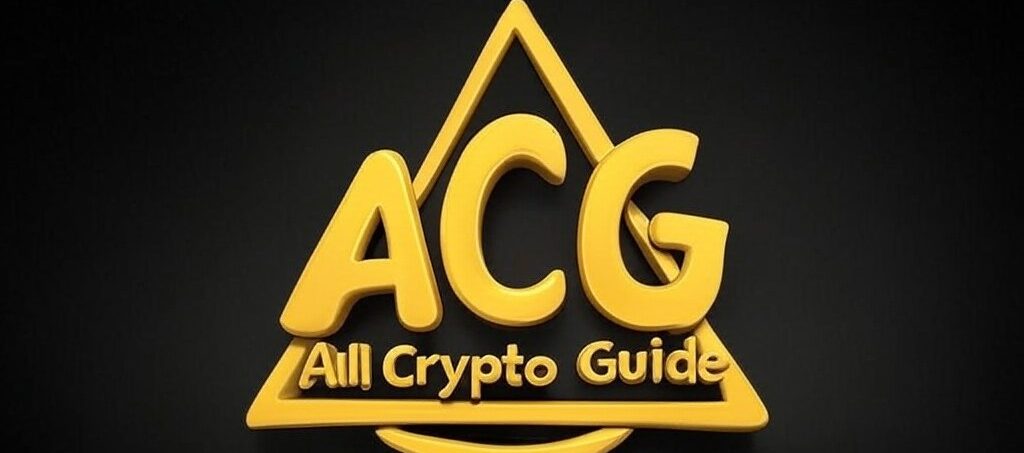Introduction: The Evolution of the Internet
The internet has evolved significantly over the past few decades. From Web1 (static pages) to Web2 (interactive platforms like social media), we are now transitioning into Web3—a decentralized, user-owned version of the web.
But what exactly is Web3? And how does it differ from the internet we use today? Let’s explore the fundamentals of this new digital era.

What Is Web3?
Web3 refers to the next generation of the internet, built on blockchain technology to enable decentralization, user control, and enhanced security. Unlike Web2, which is dominated by tech giants, Web3 aims to give power back to users.
Key characteristics of Web3 include:
- Decentralization: No single entity controls the network.
- Blockchain-based: Transactions and data are recorded on a secure, transparent ledger.
- User Ownership: Digital assets, identities, and data remain under users’ control.
- Smart Contracts: Automated, self-executing agreements eliminate the need for intermediaries.
- Interoperability: Different platforms and applications can work seamlessly together.
How Web3 Works
Web3 relies on several key technologies:
1. Blockchain Technology
Blockchain is a distributed ledger that records transactions across a decentralized network. This ensures transparency, security, and immutability.
2. Cryptocurrencies and Tokens
Cryptocurrencies like Bitcoin (BTC) and Ethereum (ETH) power Web3 ecosystems. Tokens also enable decentralized applications (dApps) to function.
3. Decentralized Applications (dApps)
dApps run on blockchain networks, eliminating the need for central servers. Examples include Uniswap (decentralized finance) and OpenSea (NFT marketplace).
4. Smart Contracts
These are self-executing contracts with pre-defined rules. They facilitate trustless transactions without intermediaries.
5. Decentralized Autonomous Organizations (DAOs)
DAOs are community-governed entities where decision-making is automated via smart contracts. This fosters transparency and democracy.
Why Web3 Matters
Web3 introduces several advantages over traditional Web2 models:
- Enhanced Privacy: Users have control over their personal data.
- Censorship Resistance: No single entity can shut down a network.
- Financial Inclusion: Access to decentralized finance (DeFi) without intermediaries.
- New Monetization Models: Users can earn from their content without relying on ad-driven revenue.
Challenges and Concerns
Despite its potential, Web3 has challenges:
- Scalability Issues: Blockchain networks must handle large transaction volumes efficiently.
- Regulatory Uncertainty: Governments are still defining policies around Web3.
- User Experience: Web3 applications can be complex for non-technical users.
- Security Risks: Smart contracts can have vulnerabilities if not properly audited.
The Future of Web3
As blockchain technology matures, Web3 will likely become more user-friendly, scalable, and widely adopted. Innovations in layer-2 solutions (like Polygon) and regulatory clarity will further drive its growth.
Conclusion
Web3 represents the next phase of the internet, offering decentralization, security, and user empowerment. While challenges remain, its potential to reshape digital interactions is undeniable.
Are you ready to explore Web3? Start by learning about blockchain, setting up a crypto wallet, and experimenting with dApps.
Want to stay ahead in the Web3 revolution? Subscribe to our newsletter for the latest insights!
FAQ
1. What is Web3 in simple terms?
Web3 is the next evolution of the internet that focuses on decentralization, blockchain technology, and user control over data and digital assets.
2. How is Web3 different from Web2?
Unlike Web2, which is controlled by centralized platforms, Web3 operates on blockchain networks, giving users greater ownership, security, and privacy.
3. What are some examples of Web3 applications?
Examples include decentralized finance (DeFi) platforms like Uniswap, NFT marketplaces like OpenSea, and decentralized autonomous organizations (DAOs).
4. Do I need cryptocurrencies to use Web3?
Many Web3 applications require cryptocurrencies for transactions and smart contract interactions, but some platforms are developing ways to integrate traditional payment methods.
5. What are the risks of Web3?
Challenges include security vulnerabilities in smart contracts, regulatory uncertainty, scalability issues, and the complexity of onboarding new users.
6. How can I get started with Web3?
You can start by learning about blockchain technology, setting up a crypto wallet (like MetaMask), and exploring decentralized applications (dApps).




